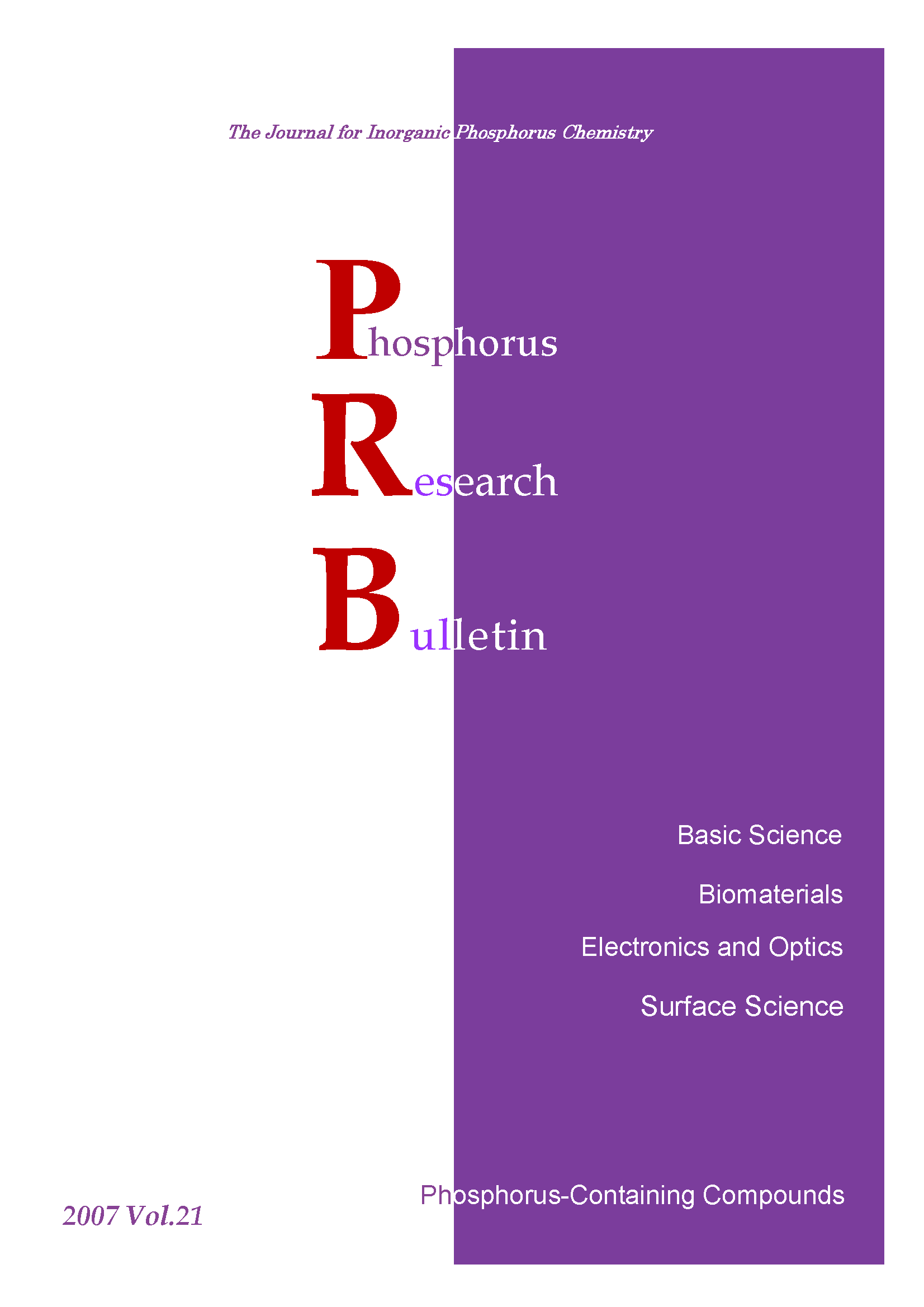24 巻
選択された号の論文の16件中1~16を表示しています
- |<
- <
- 1
- >
- >|
-
2010 年 24 巻 p. i
発行日: 2010年
公開日: 2010/06/24
PDF形式でダウンロード (56K)
-
2010 年 24 巻 p. 1-5
発行日: 2010年
公開日: 2010/06/24
PDF形式でダウンロード (1589K) -
2010 年 24 巻 p. 6-11
発行日: 2010年
公開日: 2010/06/24
PDF形式でダウンロード (440K) -
2010 年 24 巻 p. 12-15
発行日: 2010年
公開日: 2010/06/24
PDF形式でダウンロード (639K) -
2010 年 24 巻 p. 16-21
発行日: 2010年
公開日: 2010/06/24
PDF形式でダウンロード (441K) -
2010 年 24 巻 p. 22-25
発行日: 2010年
公開日: 2010/06/24
PDF形式でダウンロード (408K) -
2010 年 24 巻 p. 26-31
発行日: 2010年
公開日: 2010/06/24
PDF形式でダウンロード (431K) -
2010 年 24 巻 p. 32-37
発行日: 2010年
公開日: 2010/06/24
PDF形式でダウンロード (1193K) -
2010 年 24 巻 p. 38-42
発行日: 2010年
公開日: 2010/06/24
PDF形式でダウンロード (483K) -
2010 年 24 巻 p. 43-48
発行日: 2010年
公開日: 2010/06/24
PDF形式でダウンロード (782K) -
2010 年 24 巻 p. 49-53
発行日: 2010年
公開日: 2010/06/24
PDF形式でダウンロード (1349K) -
2010 年 24 巻 p. 54-61
発行日: 2010年
公開日: 2010/06/24
PDF形式でダウンロード (1066K) -
2010 年 24 巻 p. 62-72
発行日: 2010年
公開日: 2010/06/24
PDF形式でダウンロード (7663K) -
2010 年 24 巻 p. 73-78
発行日: 2010年
公開日: 2010/06/24
PDF形式でダウンロード (783K) -
2010 年 24 巻 p. 79-82
発行日: 2010年
公開日: 2010/09/28
PDF形式でダウンロード (2513K) -
2010 年 24 巻 p. 83-90
発行日: 2010年
公開日: 2010/09/28
PDF形式でダウンロード (364K)
- |<
- <
- 1
- >
- >|
